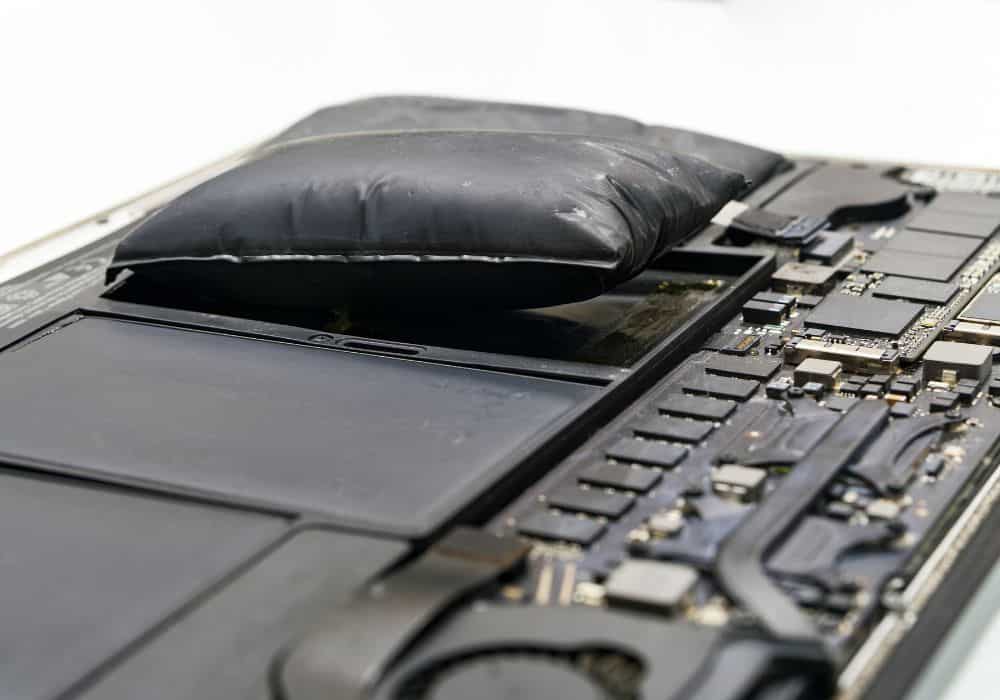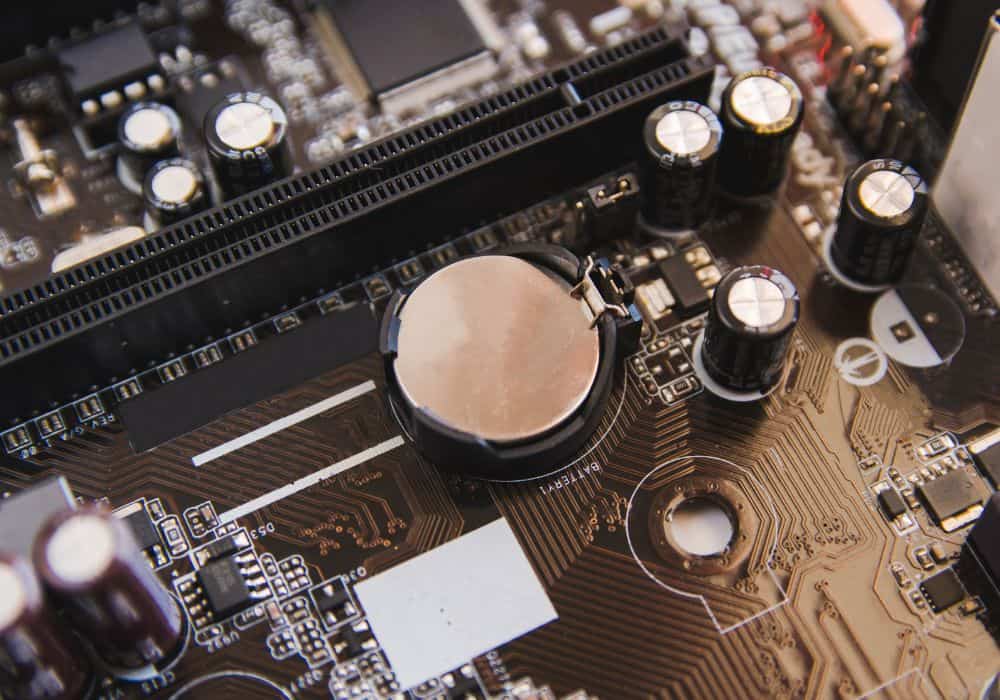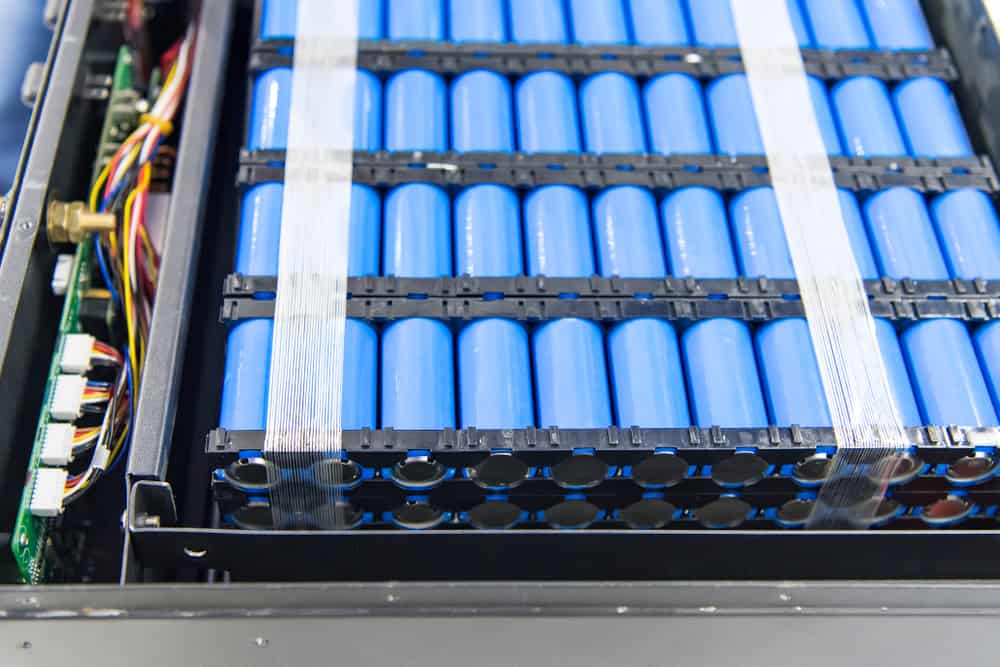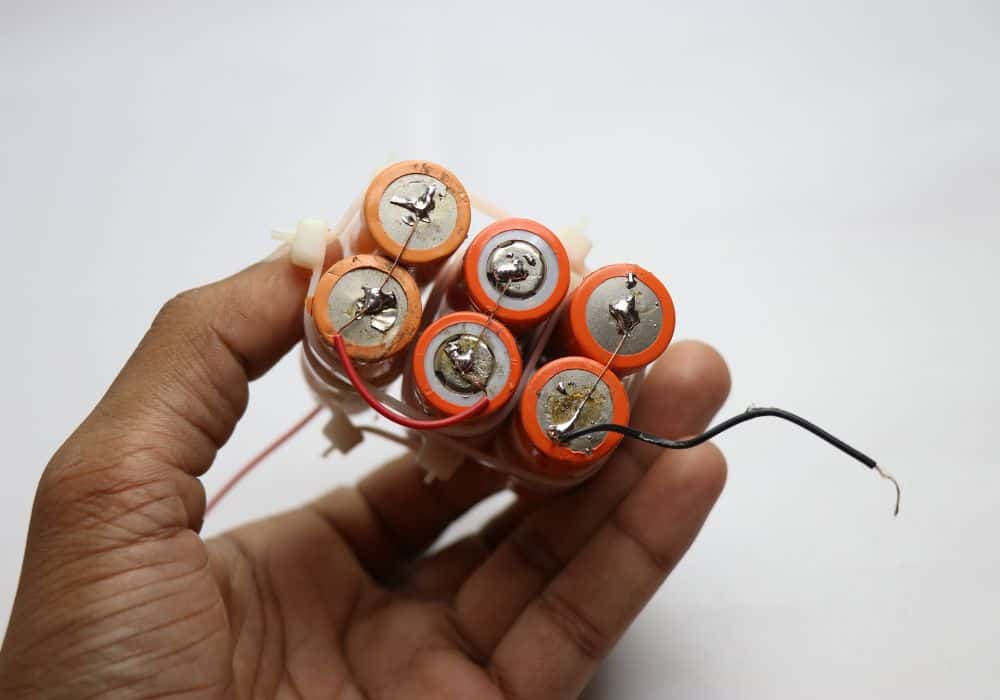Lithium-ion batteries are the most common type used in devices like cell phones, laptops, and even electric vehicles today. They offer reliable performance, low weight, and high power density. But how long does a lithium-ion battery really last? And what happens once you use up the power stored inside?
Unfortunately, the answer is not as simple as we would like, and it depends on several factors. The most important factor is how you use and care for your battery.
This guide takes the complexities out of the equation and helps you understand all you need to know about a lithium-ion lifecycle and what you need to do to get the best out of your battery.
Table of Contents
- How Long Does a Lithium-Ion Battery Hold Its Charge?
- Factors That Influence How Long a Lithium-ion Battery Can Hold Its Charge
- What’s the Life Cycle Of a Lithium-ion Battery?
- Factors That Affect The Lifespan Of A Lithium-Ion Battery
- How Long Does a Lithium-Ion Battery Last in storage?
- How to Maximize Lithium-Ion Battery Life
- Conclusion
How Long Does a Lithium-Ion Battery Hold Its Charge?
One of the most defining features of a lithium battery is its long battery life. Lithium-ion batteries have a higher capacity and can last much longer on a single charge than standard lead-acid batteries.
The secret isn’t so far-fetched; lithium battery packs have no memory effect, allowing for partial charges. As a result, they can be charged multiple times after it has been partially discharged without losing any storage capacity. In fact, it is recommended that you top-charge your lithium-ion battery rather than letting it discharge to 0% before charging it.
A lithium-ion battery can last anywhere from 8 hours to a few days on a full charge, depending on several factors, including battery type and chemistry, battery size and capacity, usage environment or temperature, and charging practice.

Factors That Influence How Long a Lithium-ion Battery Can Hold Its Charge
1. Battery Chemistry
The chemical composition, that is, (the compounds and elements used in the battery other than lithium) for lithium-ion batteries varies. Each type of lithium-ion battery has unique characteristics that determine how long it can maintain power. However, the battery with the best chemistry (such as energy density and specific power) lasts the longest.
For example, your cell phone battery (Lithium-ion cobalt oxide) will not last as long as a Tesla EV battery (nickel cobalt aluminum oxide batteries) because the battery chemistry used in cell phones has a lower energy density than that of electric vehicles (EV) batteries.
2. Usage Temperature
To perform at their best, lithium-ion batteries require a specific temperature range or optimal temperature of 20 °C to 60 °C. The battery can retain 80% of its maximum capacity using this temperature range.
In cases of extreme cold or heat cases, you should expect reduced will battery efficiency because the battery has to work harder to maintain a charge.
3. Charging Practice
When you’re charging your battery, some changes occur in its internal chemistry. Charging at a high current can make these changes worse and cause your battery to run out of power faster.
To maximize the lithium-ion battery’s efficiency, keep the charging current controlled at a moderate level.
4. Battery Age
As a lithium-ion battery ages, it loses capacity irreversibly, affecting how long it can hold a charge.

However, the age of a lithium battery is not only measured by the number of years it has been used but also by the charge cycle.
So, how many charge cycles can you expect from a lithium-ion battery?
What’s the Life Cycle Of a Lithium-ion Battery?
According to most manufacturers, the service life of a lithium-ion battery is around 5 years or at least 2,000 charging cycles. But if properly cared for and used, a lithium-ion battery can last up to 3,000 cycles. This is three times the life of a standard lead-acid battery.
Manufacturers typically consider the end of life for a battery to be when its capacity falls to 80% of its rated capacity. Although batteries can still deliver usable power at less than 80% charge capacity, this will be at a shorter run-time.
However, several factors can affect a lithium-ion battery’s lifespan, including temperature, charging cycle, and charge and discharge practice.
Factors That Affect The Lifespan Of A Lithium-Ion Battery
1. Ambient Temperature
Heat damages several components of a lithium-ion battery, resulting in dangerous conditions such as an explosion or fire. Similarly, cold temperatures can cause the battery’s inner electrolyte to lose fluidity or completely freeze, resulting in decreased power output and inefficient recharging.
As ambient temperature increases, so do a battery’s internal resistance and self-discharge rates, which can lead to a shorter lifespan.
2. Charging Cycle
A charge cycle is a period of use in which a device is fully charged, fully discharged, and fully recharged again. And how soon you reach the charge cycle determines how long your lithium battery lasts.
Generally, a lithium battery is expected to have 2,000 to 3,000 charge cycles before losing its original capacity. And as a battery’s capacity depletes, the amount of time it can power a device decreases.
For example, if you charge your phone battery daily, it will reach 2,000 charge cycles in 5 years. Whereas an EV battery could last a decade because you are unlikely to charge it every day as it has a higher power density level and a slower rate of capacity loss.

3. Charge and Discharge Practice
The level at which a lithium-ion battery is charged can also affect its lifespan. As a general rule, always recharge a lithium-ion battery before it dies to preserve its capacity and maximize its usable life. Also, if you intend to store your battery for an extended period, charge it halfway (40%-50%).
Unlike other types of batteries that must be recharged during storage, lithium batteries perform better at 40%-50% DOD (depth of discharge). Allowing the battery to discharge before deep charging can shorten its lifespan completely.
How Long Does a Lithium-Ion Battery Last in storage?
Lithium-ion batteries are designed to retain their capacity even after being stored for months or years. In fact, most manufacturers say a lithium-ion battery can last between 3-6 years on a shelf without any degradation in performance.
However, there are some guidelines you should follow when storing a lithium-ion battery:
- Store your lithium-ion battery in a dry place with low humidity levels. If possible, keep the battery away from direct sunlight. Even indirect exposure to extreme heat can reduce the battery’s lifespan by up to 50%.
- Moisture can cause corrosion inside a lithium-ion battery. Keep your battery sealed in a plastic bag or container to protect it from water.
- You should charge up your lithium-ion battery up to 40%-50% before storing
- When storing a lithium-ion battery for an extended period, check it every few months to test its capacity and recharge it back up to 50% if it becomes too low.
How to Maximize Lithium-Ion Battery Life
Here are some usage and charging practices to extend the efficiency and lifespan of your lithium-ion battery:
1. Avoid Full Discharges
The best way to protect a lithium-ion battery’s energy density and longevity is to keep it between 20% and 80% charged. When you allow the battery to discharge fully, you place excessive stress on it. Deep charging the battery too often will reduce its storage capacity, resulting in a shorter run time.
2. Charge Your Battery Properly
Charging a lithium-ion battery properly is essential to extending its lifespan. Always use a dedicated battery charger specifically designed for lithium-ion batteries. Never use a standard household AC adapter because they have different voltage requirements than lithium-ion batteries.
3. Don’t Overcharge
Getting your battery up and running as soon as possible may be tempting, but fast charging can damage the battery and shorten its lifespan. Overcharging causes the lithium-ion battery to swell and become more fragile and reduces the amount of power available to perform tasks.
To prevent overcharging, always monitor how much power your device requires, and don’t leave the battery unattended for long periods while charging.
4. Store Your Battery Safely
Keep your lithium-ion battery safe and protected from moisture and extreme temperatures. A lithium-ion battery can lose half of its capacity within just one month if exposed to extreme heat.
5. Monitor Your Battery’s Capacity
Lithium-ion batteries degrade at different rates depending on their size and type. The smaller the cell, the faster it degrades. So if you’re unsure whether your battery needs replacing, check its capacity periodically.
Conclusion
Whether you want to power your home devices or purchase a lithium-ion-powered machine or vehicle, knowing how long a lithium-ion battery will last is an important question to ask before purchasing one.
Keep in mind that;
- A lithium-ion battery has an average run time of 8 hours to a few days, depending on the battery size and usage.
- You should get an average lifespan of about 5 years or 2000 to 3000 charge cycles from your battery.
- A lithium battery’s efficiency and lifespan are influenced by a variety of factors, such as battery chemistry, temperature, charging and discharging practices, and charging cycle.
- For longer battery life, a lithium-ion battery should be used at 20% to 80% of its charging capacity.
Follow the additional tips in this guide, and you’re sure to get years of reliable performance out of your lithium-ion batteries.
Was this article helpful? Let me know your thoughts in the comment section.

